As 2018 kicks into shape, it’s time to start working on our New Year’s resolutions, and if you’re thinking about being healthier and thinner this year — you are not alone. According to a 2017 survey in the United States, losing weight is the second most chosen resolution after saving money — ranked higher than traveling, quitting smoking or buying a house.
There’s no doubt that choosing to introduce more physical activities like walking, running, playing a sport or going to the gym can improve your health and well-being in general, but when it comes to diets, there are so many options promising you the moon that it’s hard to choose the best option.
If you don’t know how to start losing those extra pounds or how to work towards a healthier body, you’ll probably find the annual assessment by U.S. News and World Report quite interesting. Here, I’ll try to explain what all these diets mean and how they might help make your new year’s resolution easier to achieve.

#1 The DASH diet
DASH stands for Dietary Approaches to Stop Hypertension and it’s more a lifestyle than a diet with numerous and long-lasting health benefits. Even though its main focus is lowering blood pressure, it’s also great for losing a few pounds
The DASH diet is rich in fruits, vegetables and whole grains and cuts back on sugar and sweetened foods and beverages, red meat, and added fats; it actually promotes low-fat dairy foods including meat, fish, poultry, nuts, beans, and healthy fats. It’s very important to keep sodium and sugar intake under control and to eat all of the above in a more balanced manner. Nutrients like potassium, calcium, protein and fiber are also crucial in lowering the blood pressure.
The good news is that you don’t have to track anything meticulously. There’s no need to count calories — you just focus on the quality and the quantity of the food. Add vegetables to every meal (ahem, fries don’t count as healthy vegetables) and swap your sweet snacks with healthier options like fruits and nuts.

# 2 The Mediterranean diet
This is also more a lifestyle change than a short-term weight loss diet. As you might’ve guessed already from the name, the diet actually focuses on the food that people from the Mediterranean area eat on a daily basis.
Studies have shown that people in the Mediterranean area live longer and healthier lives with lower chances of high blood pressure and type 2 diabetes and also have fewer problems regarding weight management. It normally focuses on eating fresh fruits and vegetables as snacks. The main source of fat comes from vegetable oils (especially olive oil), as well as a high intake of legumes (beans, lentils, etc.), whole grains (wheat, oats, rye) and nuts. The consumption of dairy, seafood and poultry is moderate, while eggs, red meat, and processed sweets are very rare and in low quantities.
An important note is that at the bottom of the nutritional pyramid of a Mediterranean diet is something that has nothing to do with what you eat: it’s actually about eating socially, with other people, and enjoying the whole experience. Cooking meals from scratch also helps improve the overall experience.
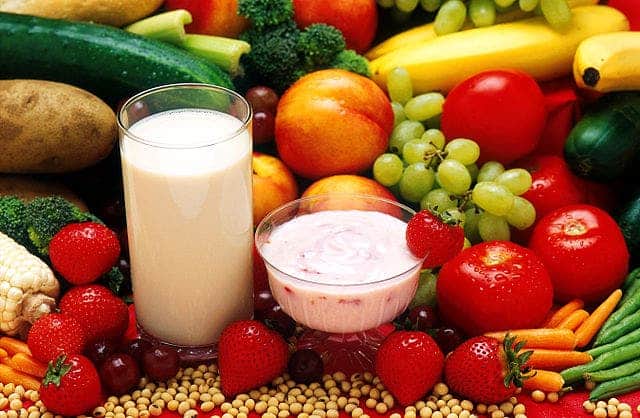
# 3 The flexitarian diet
This diet is, in my opinion, one of the most interesting ones. It’s a very good option for people that would like to approach a vegetarian or a vegan diet but still want to eat meat on occasion. It basically means you’re almost a vegetarian — you eat meat, but quite rarely. You get to reap the benefits of a vegetarian diet, while occasionally still enjoying a guilty pleasure.
Studies have demonstrated that a vegetarian diet can help you lose a few extra pounds. You can find more about choosing a vegetarian lifestyle or flexitarian one by checking out these tips.

# 4 The Weight Watchers diet
In this diet, you don’t count calories but instead count points. There’s a system that assigns every food a certain point value. You can eat anything you want based on the number of points they have, which is quite similar to the number of calories.
It’s not restrictive in any other way. You can still eat your favorite pizza or chocolate cake — but there’s a catch. The way it works is something like this: for every day, you have a point budget. Your budget is what you can consume that day (based on your own body). High-fat, high sugar, and processed foods have more points, while healthy fruits, vegetables, low-fat meat, and dairy have fewer points. So it’s easier to stick to your budget if you eat healthier.
If you want to extend your budget, you can do so by being physically active. It’s quite an interesting incentive-based diet, which seems to work for many people.
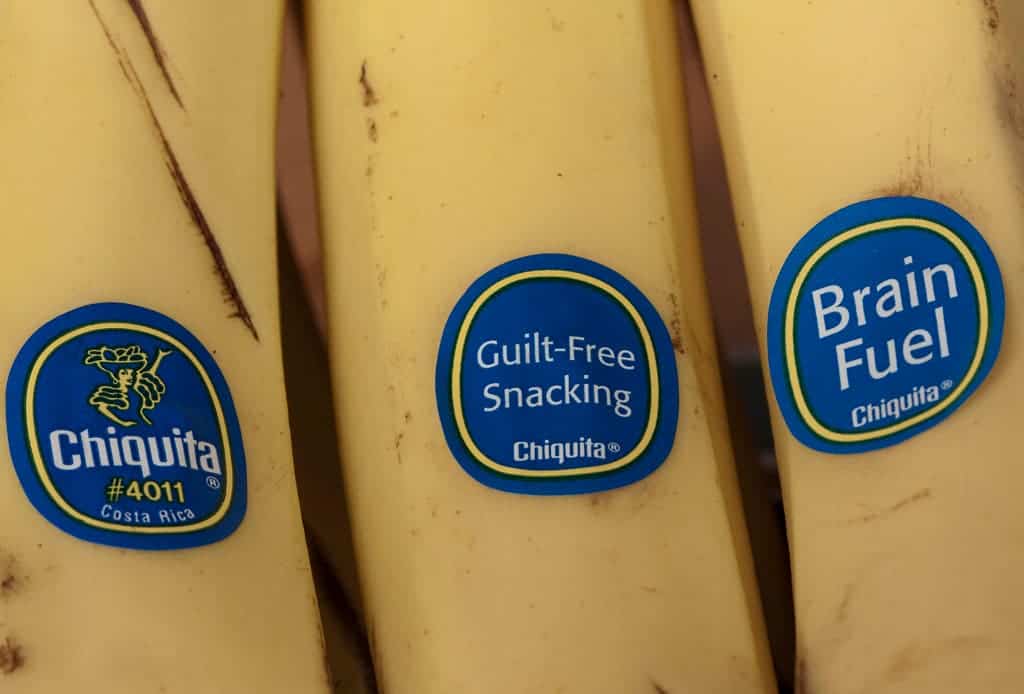
# 5 The MIND diet (tie)
MIND stands for Mediterranean-DASH Intervention for Neurodegenerative Delay, and as you might’ve guessed, it’s quite similar to the DASH diet and the Mediterranean diet. It’s basically a combination of the two.
The main purpose of this diet is to take care of your brain — studies have shown that MIND reduces chances of Alzheimer’s disease by 54%. The key to this diet is including up to six servings of leafy greens (kale, spinach, etc.) into your diet, as well as nuts, berries, legumes, whole grains, fish (once per week) and poultry (two times per week). You should use olive oil as your main cooking oil
Like the Mediterranean Diet, MIND also allows you to enjoy a (small) glass of red wine per day.

# 6 The TLC diet (tie)
The TLC diet stands for Therapeutic Lifestyle Changes, and it mainly focuses on lowering your cholesterol levels and approaching a healthier way of living. The diet not only focuses on healthy food — it also promotes physical activities and weight control.
The main focus of the TLC diet is to keep calorie intake from saturated fats below 7% and daily cholesterol below 200 mg a day. The purpose is to lower your cholesterol level, especially low-density lipoprotein — the “bad cholesterol”.
In order to follow this diet, you should avoid butter, egg yolks, full-fat dairy, fatty meats, and lard, all of which contain high quantities of cholesterol. It is also very important to avoid a type of fat called trans fats, which are common in products like fried foods, stick margarine, sweets and processed foods.
This doesn’t mean that you can’t have fats at all — just focus on the “good fats” like vegetable oils (canola, olive oil), avocado, and peanut butter. Also don’t forget about seeds (pumpkin, sunflower, chia seeds, etc). Fish is also a healthier choice when it comes to good fats.

# 7 The Volumetrics diet (tie)
As you might get from the name, the Volumetric diet focuses on the volume. Simple as that. The founder of the diet, Barbara Rolls, came up with this diet to oppose the classic deprivation diets where you have to starve yourself in order to lose weight.
The main purpose of the Volumetrics diet is to eat foods that fill you up for fewer calories. This is also a long-term diet, like most on the list, and it helps you lose that weight in a much healthier way by setting up four categories of food.
- Anytime food – fruits, nonstarchy vegetables (such as broccoli, tomatoes, mushrooms), and broth-based soups.
- Reasonable portions – whole grains (such as brown rice and whole wheat pasta), lean proteins, legumes, and low-fat dairy.
- Small portions – bread, desserts, fat-free baked snacks, cheeses, and higher-fat meats.
- Sparing – fried foods, candy, cookies, nuts, and fats.
It also states that you should eat three meals, two snacks, and a dessert each day.
# 8 The Mayo clinic diet (tie)
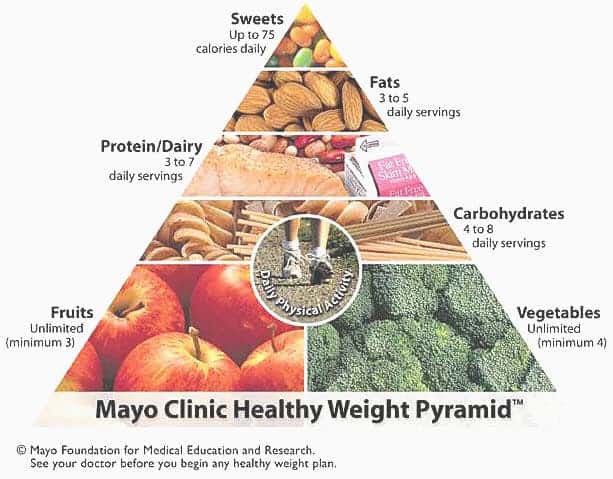
The diet starts with a phase in which you can shed up to 10 pounds in two weeks, which is a good motivator if I’ve ever heard one. This phase focuses on learning how to create a healthy lifestyle with good habits such:
- eating breakfast,
- and eating more fruits and vegetables,
- reduce sugary drinks and sweets, and
- keep track of your food intake and physical activity.
The second phase is called ”Live it!” and it gives you the tools to live a healthier life where you set your weight loss goal, eating according to the Mayo Healthy weight pyramid, understanding portions and being more physically active.
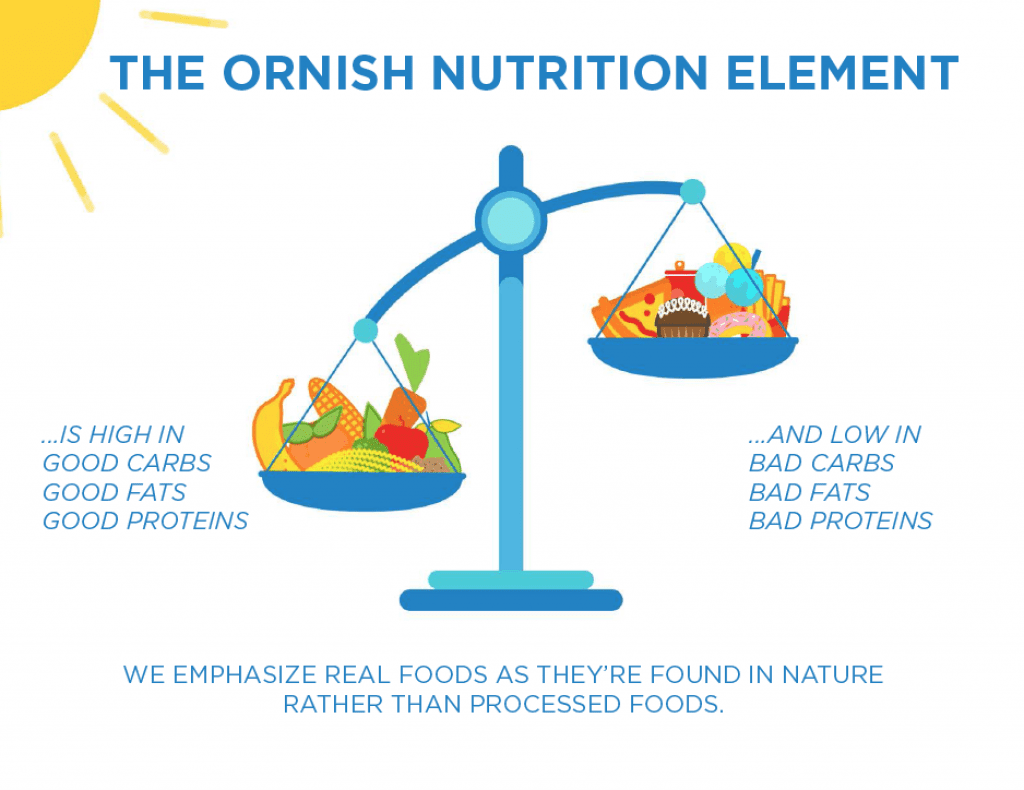
#9 The Ornish diet
The Ornish diet is tailored for people with higher risks of heart diseases but it’s also perfectly suited for losing weight.
The foods are ranked in groups, from the healthiest (Group 1) to the most indulgent (Group 5). The general idea is to eat foods that are toward the Group 1 end of the spectrum.
The diet also focuses on how active you are, how you respond to stress, and how much love and support you have in your life.
The Ornish diet tends to be much easier for people who eat less meat and more fruits, vegetables, and legumes. For physical activity, it’s recommended to include 20-30 minutes of moderate activity like walking every day. Relaxing and meditating are also recommended in order to keep stress under control.
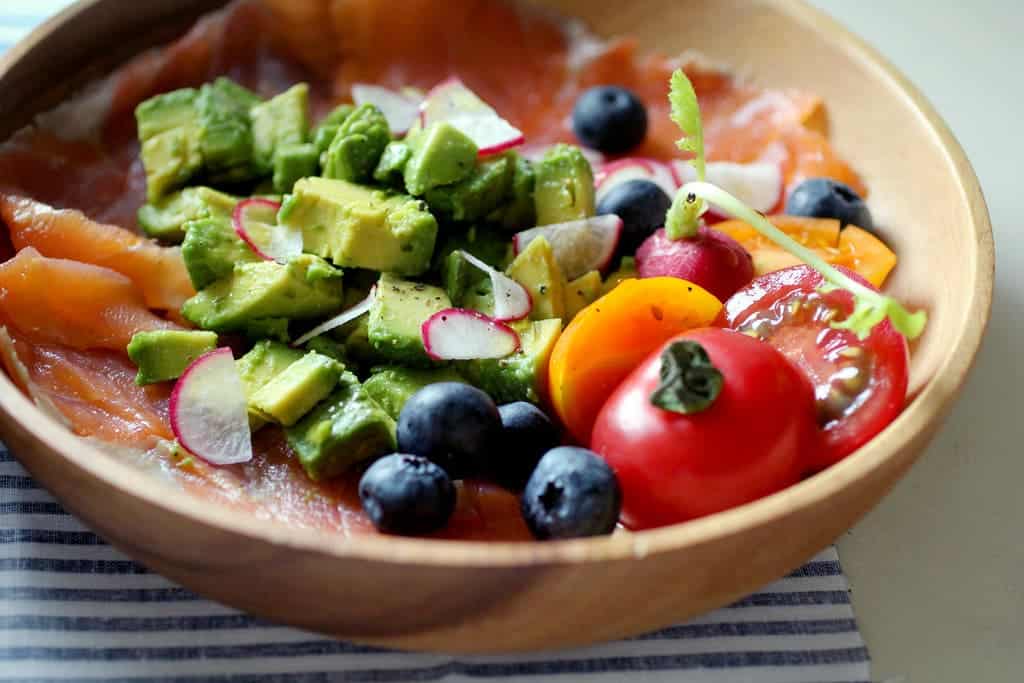
#10 The fertility diet
The name says it all. As it turns out, choosing specific types of foods can help people improve their fertility; it’s especially useful for people having problems conceiving a baby. It’s mostly aimed at preventing and reversing ovulatory infertility, but it won’t work for infertility caused by physical impediments like blocked fallopian tubes or other serious medical conditions.
The rules for this diet aren’t much different from what you’ve seen above. It focuses on avoiding trans fats, choosing vegetable protein from legumes and grains, more unsaturated oils like olive or canola oil, choosing slow carbs (fruits, vegetables, whole grains) instead of avoiding them, and drinking whole milk. This way, you get plenty of iron from plants. Supplements such as folic acid are also an important part of this diet.
If there’s one thing you need to figure out from all of this, it’s that almost all of the diets are long-term and lifestyle changes. Having a healthier and slimmer body is a long-term process, with no shortcuts. You need to make a habit of eating healthier and staying physically active — there’s no replacement for this.
Most diets tend to have the same idea about what you can and can’t eat. The general idea is: eat more fruits, vegetables, and legumes, healthier (and less) meat like poultry and fish, avoid bad fats and sugar. Having a balanced way of eating and paying more attention to the quality of the food makes a world of a difference if you want to be healthy.
Hopefully, this article helps you with sticking to your resolution and accomplish it this year. Good luck!






